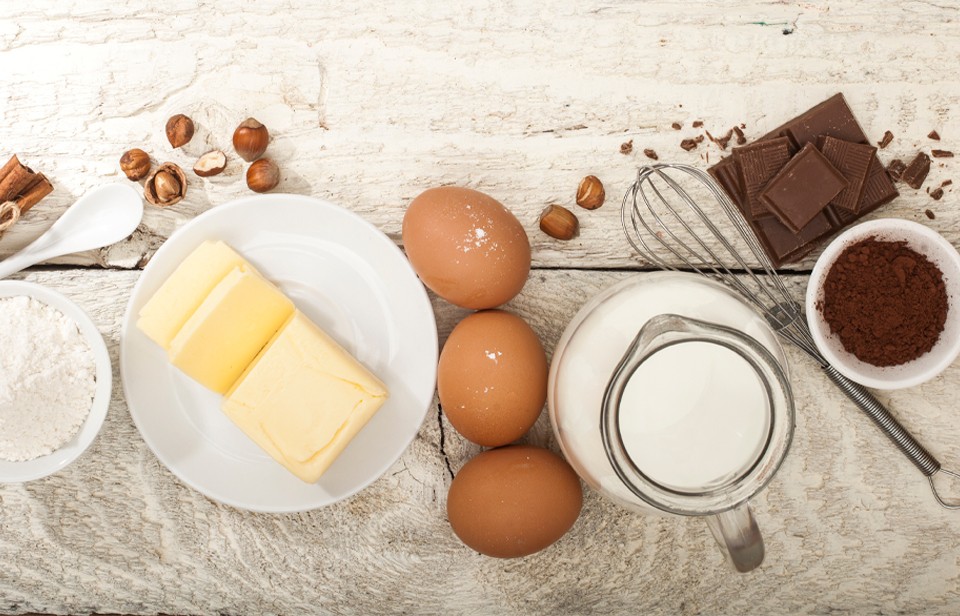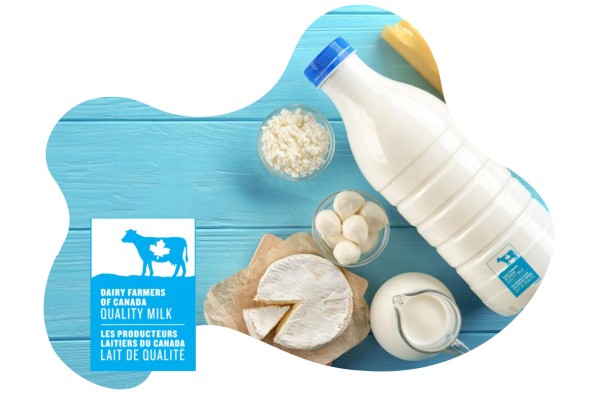How to soften butter from the fridge
The best way to soften fridge-temperature butter for cooking or baking is to let it sit at room temperature. Typically it takes 1-2 hours to go from fridge temperature to being spreadable or ready for baking. Ultimately, it depends on the temperature of the room.
The ideal temperature for soft, spreadable butter is 18-22º Celsius, which means that in most cases, it’s perfectly fine to leave butter on the counter.
The ideal temperature for softened baking butter is also around 18-22º Celsius. Read on for more tips on how to get butter to the correct temperature.
How to soften butter quickly for spreading
If you don’t have time to wait for your butter to soften, you can use a cheese plane to cut paper-thin slices of butter that soften rapidly on contact with your bread or toast.
How to soften butter quickly for baking
To make a block of butter soften more quickly, you can cut it into smaller chunks or slices – and you can soften only as much as you need this way.
How to thaw frozen butter
Butter can also be stored in the freezer. Of course, it takes longer to thaw frozen butter. Depending on how much time you have, any of the following techniques can be used to soften frozen butter:
- Let the frozen block of butter sit on the counter for about 6 to 7 hours, or overnight. This will give the most consistent result, but also takes the longest.
- Grate frozen butter onto waxed paper or onto a cutting board, using the coarsest holes on the grater. The shaved butter will quickly reach room temperature.
- Cut the frozen or partially softened butter into smaller pieces, which will speed up the thawing time.
- Place pieces, or the whole block, of frozen butter in a bowl on top of a pot of hot – but not boiling – water.
- Beat partially softened butter with an electric mixer in a large bowl until it softens (then add remaining ingredients if baking).
- Place butter between two sheets of waxed paper or parchment paper and shape it with the palm of your hand or roll it with a rolling pin until it reaches the texture you want.
How to soften butter in microwave
Heating butter directly in the microwave
Although it is not an ideal method, butter can be quickly softened in a microwave. Care should be taken not to melt the butter, if that is not what the recipe calls for. The microwave’s lower-power settings should be used. For best results, follow the steps below:
1. Cut the butter into small pieces and spread out on a microwave-safe plate or bowl.
2. Loosely cover the bowl with a paper towel.
3. Use Medium-Low (30%) power for a few seconds – watching it closely.
4. Stop the microwave and check the butter every 5 to 10 seconds to make sure it isn’t melting.
Note: If you accidentally melt your butter when trying to soften it, don’t use it for baking as melted butter can have an effect on the structure of the bake. You’ll notice you won’t get as much rise out of your baking and end up with a chewier texture. Instead, you can save the melted butter and use it for something else like sautéing or drizzling over cooked vegetables.
Heating butter indirectly in the microwave using steam
Another method for softening butter in the microwave involves indirect heat:
1. Cut your cold butter block into smaller slices.
2. Heat a cup or bowl of water in the microwave for several minutes, until it’s near boiling.
3. Quickly remove the cup and replace it with a plate of sliced butter.
4. Place the sliced butter in the microwave and close the door, without starting the microwave again. The residual heat and steam in the microwave will soften the butter in a few minutes.
When to use softened butter
Softened butter is ideal for most baking and icing recipes, as well as for spreading. With softened butter, the fat can be much more easily creamed together with sugar and create a more even distribution throughout the dough or batter. This means the batter won’t break during the process and yields a more cake-like final product. Be patient and plan ahead: butter softened slowly to room temperature is best.
When to use cold butter
Cold butter is typically used for baking recipes where you don’t want the butter to combine with the rest of the ingredient. This will help get a nice, flaky crisp and is perfect for biscuits and pie doughs.
When to use melted butter
Melted butter is for moistness and flavour but doesn’t add anything to structure. It can be used for dense treats like brownies, but also for savoury sauces.
Learn more about cooking with butter.









